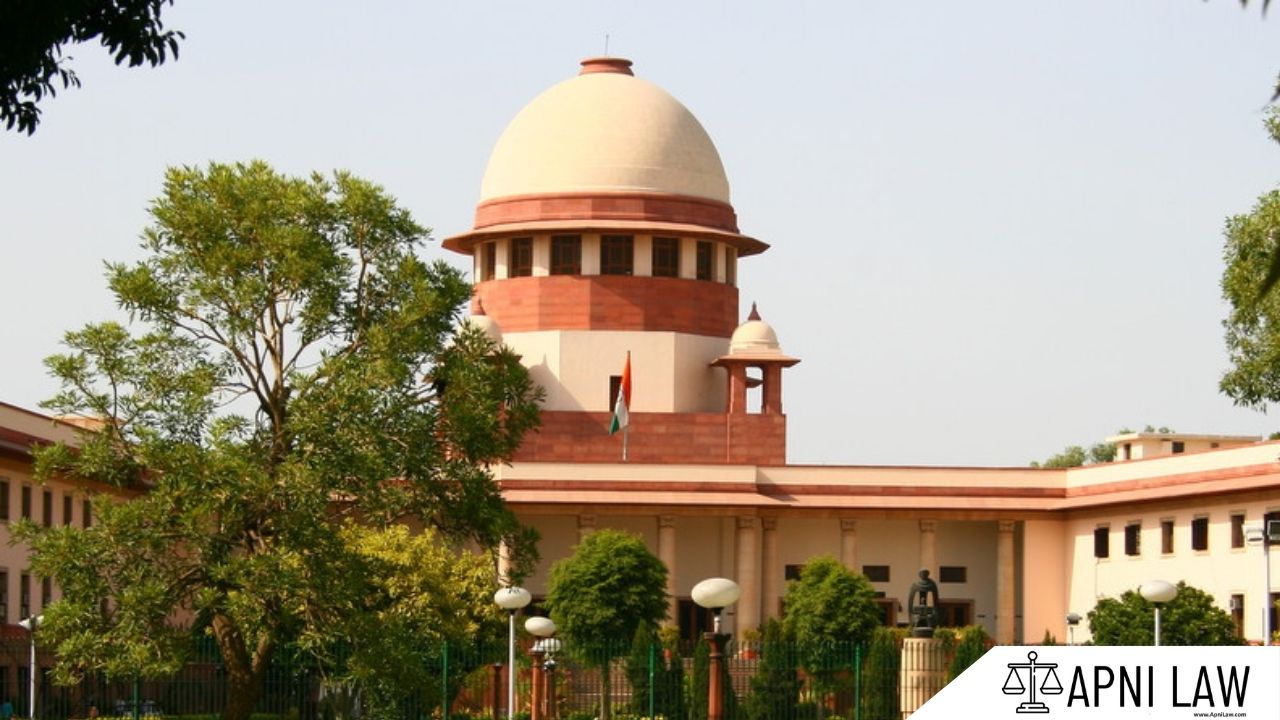What Is Section 66E of the Information Technology Act, 2000?
Section 66E of the Information Technology Act, 2000, specifically punishes the violation of privacy through the unauthorized capturing, publishing, or transmission of images of a person’s private area. This provision safeguards the dignity and privacy of individuals in digital spaces.
The exact text of Section 66E reads:
“Whoever intentionally or knowingly captures, publishes, or transmits the image of a private area of any person without his or her consent, under circumstances violating the privacy of that person, shall be punished with imprisonment which may extend to three years or with fine not exceeding two lakh rupees, or with both.”
This section was inserted through the Information Technology (Amendment) Act, 2008 to address rising incidents of digital voyeurism and privacy breaches. It applies to both men and women, making it a gender-neutral provision. The law ensures accountability for those who misuse technology to invade others’ privacy.
Why Was Section 66E Introduced?
With the growth of smartphones, social media, and surveillance tools, capturing and sharing images has become effortless. Unfortunately, this also led to misuse. Many people began taking and circulating private images or videos without consent, often to humiliate or blackmail victims.
Before 2008, there was no specific punishment for these acts in the digital context. Traditional laws like Section 509 IPC (insulting modesty of a woman) or Section 292 IPC (obscenity) could not fully address the technological dimension of privacy violations.
Recognizing this gap, lawmakers introduced Section 66E to criminalize such acts done through electronic means. It now acts as a deterrent against digital voyeurism and ensures privacy protection as a legal right in cyberspace.
What Constitutes a Violation of Privacy Under Section 66E?
The offence under Section 66E requires three essential elements, intent, lack of consent, and violation of privacy. The act must be intentional or knowing, and it must involve the capture, publication, or transmission of private imagery.
The term “private area” refers to the naked or undergarment-clad genitals, pubic area, buttocks, or female breasts. The act becomes punishable when such imagery is taken or shared without consent and under circumstances where a person expects privacy, such as a home, restroom, or private gathering.
The offence covers acts like secretly taking photos or videos of a person’s body in compromising situations or forwarding such content electronically.
What Is the Punishment Under Section 66E IT Act?
The punishment under Section 66E is imprisonment of up to three years, or a fine of up to two lakh rupees, or both.
Courts determine punishment based on the severity of the act, the nature of the image, the degree of violation, and the intent behind the action. The law does not require the content to be sexually explicit; mere invasion of privacy without consent is enough to attract liability.
The provision is cognizable and bailable, allowing police to investigate offences but also giving the accused the right to seek bail. Section 66E serves as both a preventive and punitive tool against electronic privacy violations.
How Is Section 66E Applied in Real-Life Cases?
Section 66E has been applied in several real-life incidents across India, reinforcing its role as a crucial safeguard in digital communication.
Example 1: Secret Photography at Private Gatherings
In a common example, if someone secretly captures a compromising photo of a person at a private party without their consent and shares it online, it qualifies as an offence under Section 66E. The person’s privacy is violated because the act occurs under circumstances where they had a reasonable expectation of privacy.
Courts consider such acts serious even if the image is not publicly distributed. The intention and lack of consent are enough to constitute a crime.
Example 2: The Case of State Cyber Cell v. Yogesh Pandurang Prabhu
In this real case, the accused sent obscene emails to a woman. The court found him guilty under Section 509 of the IPC and Section 66E of the IT Act. He was sentenced to three months of simple imprisonment and fined ₹10,000.
The court highlighted that sending obscene content electronically violates a person’s dignity and privacy. This judgment emphasized that digital acts causing mental harassment can lead to imprisonment even if physical harm is absent.
Example 3: Kedarnath Kashyap v. State of Chhattisgarh
In this case, the accused allegedly downloaded and shared obscene images from someone’s phone. The court examined whether the act amounted to a privacy violation under Section 66E.
It clarified that not every transmission of an obscene image qualifies. The act must occur “under circumstances violating privacy.” Without this element, the offence does not stand. This case demonstrates how courts interpret both intent and context carefully before convicting an individual under Section 66E.
What Are the Key Judicial Interpretations of Section 66E?
Courts have interpreted Section 66E as a rights-based law protecting privacy and dignity. They stress that the offence lies not in the nudity of the image but in the unauthorized act of capturing or sharing it.
Judicial trends emphasize proving two core aspects, intentional conduct and lack of consent. If both are present, even a single image or message can invite punishment. Courts also link Section 66E with the constitutional right to privacy recognized in Justice K.S. Puttaswamy v. Union of India (2017).
Through this approach, Section 66E reinforces privacy as a digital human right.
How Does Section 66E Differ from Other IT Act Provisions?
Section 66E specifically addresses privacy violations, while other provisions target related but distinct cyber offences.
For instance, Section 66C deals with identity theft, and Section 66D punishes cheating by impersonation. Meanwhile, Section 67 and 67A concern the publishing or transmission of obscene or sexually explicit content.
Thus, Section 66E acts as a bridge between obscenity laws and personal privacy laws, focusing on unauthorized imagery rather than explicit sexual content. It is applicable even when no public dissemination occurs, a unique aspect distinguishing it from Section 67.
How Can Victims Report Offences Under Section 66E?
Victims of privacy violations under Section 66E can report the offence to their local cyber police station or through the National Cyber Crime Reporting Portal (www.cybercrime.gov.in).
They should provide digital evidence such as screenshots, message records, or URLs. The police can register a First Information Report (FIR) and initiate investigation under Section 66E along with other relevant sections of the IPC like Section 354C (voyeurism) or Section 509 (insulting modesty).
Quick reporting improves the chances of tracing the offender and removing the offensive content from circulation.
What Are the Broader Implications of Section 66E?
Section 66E reflects India’s recognition of privacy as a legal and moral value in the digital era. It discourages misuse of technology for voyeurism, stalking, and online harassment.
The section also has broader implications for corporate responsibility. Employers and online platforms must implement digital safety policies to prevent privacy violations in workplaces and online spaces. Social media companies, under the Information Technology (Intermediary Guidelines and Digital Media Ethics Code) Rules, 2021, must remove such content promptly when reported.
By imposing strict penalties, the law deters both individuals and institutions from exploiting private information.
What Lessons Can Be Drawn from Section 66E Cases?
Real-world cases under Section 66E reveal that courts demand clear proof of intent and privacy violation. Innocent acts without malicious intent may not lead to conviction. However, deliberate invasion of privacy, especially when done for revenge, blackmail, or fun, attracts severe punishment.
The judgments also underline the social message that digital privacy is as sacred as physical privacy. Respecting others’ digital boundaries is essential for a safe and ethical online environment.
Conclusion
Section 66E of the IT Act, 2000, is a powerful tool against digital privacy violations. It punishes the unauthorized capture, publication, or transmission of images that invade a person’s private space. The law is gender-neutral and designed to uphold personal dignity in cyberspace.
Real-life cases like State Cyber Cell v. Yogesh Pandurang Prabhu and Kedarnath Kashyap v. State of Chhattisgarh demonstrate how courts apply this section to punish offenders and interpret its scope.
In an age where smartphones and social media dominate communication, Section 66E serves as a reminder that privacy is a right, not a privilege. Awareness and prompt reporting can ensure that technology remains a tool for progress, not exploitation.








